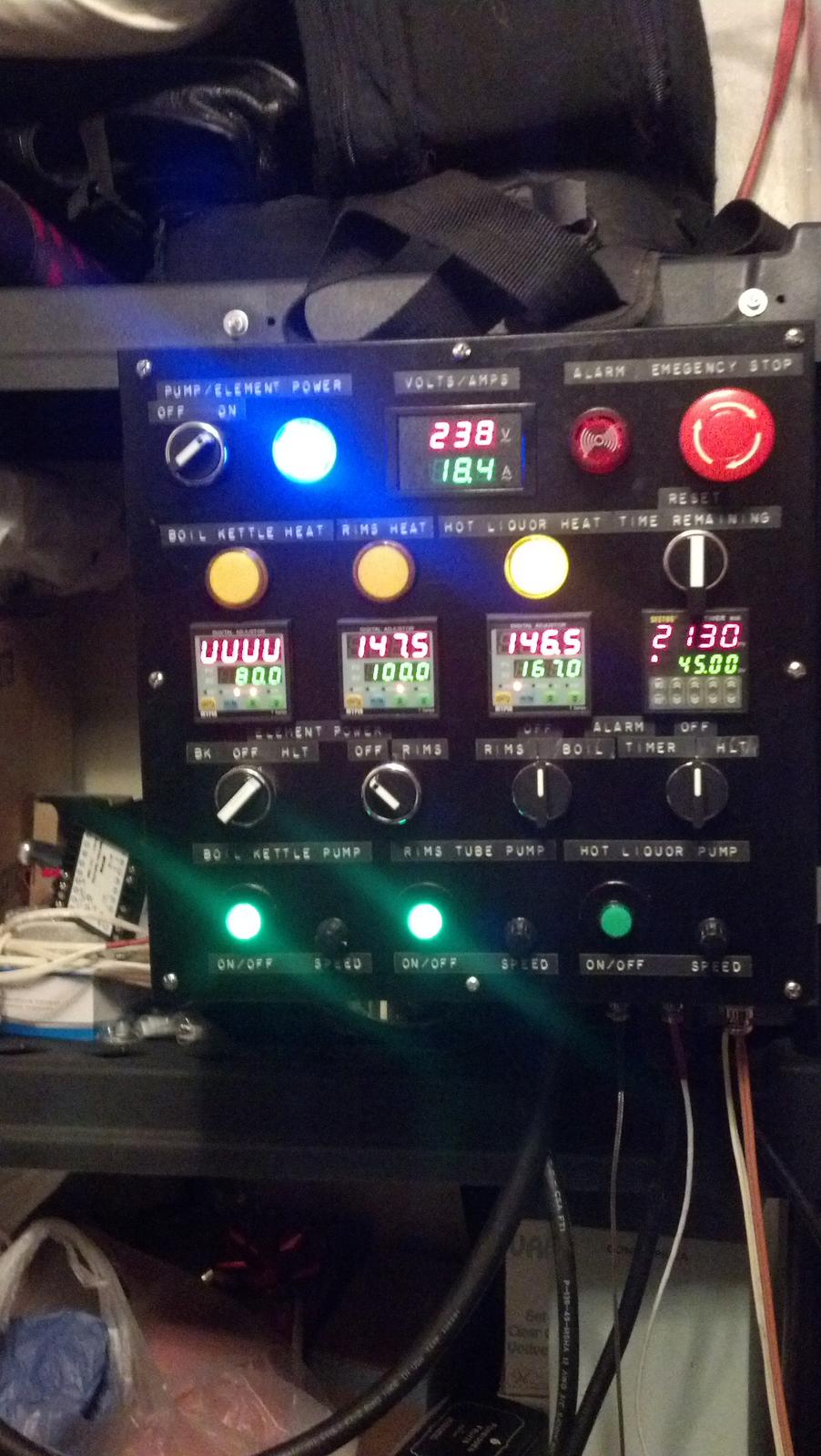RMessenger
Well-Known Member
I just want to make sure that I'm going about this the right [safest] way, so thank you in advance! I plan on getting this spa panel from HD and mounting it in my garage next to an existing (non-GFCI) 20A 240V outlet that I use for my EV charge station, run a 12 wire behind the wall from the existing outlet into the spa panel, and then run a 12 wire out to a flush mounted outlet that I will use for brewing. I will be using 3500 Watt elements (one for the HLT and one for the brew kettle) attached to kits from the Electric Brewery, and I will not be charging my car and brewing at the same time. I will consider buying or building a controller later when I get sick of plugging/unplugging and have more cash. How does this sound?








![Craft A Brew - Safale S-04 Dry Yeast - Fermentis - English Ale Dry Yeast - For English and American Ales and Hard Apple Ciders - Ingredients for Home Brewing - Beer Making Supplies - [1 Pack]](https://m.media-amazon.com/images/I/41fVGNh6JfL._SL500_.jpg)

















































